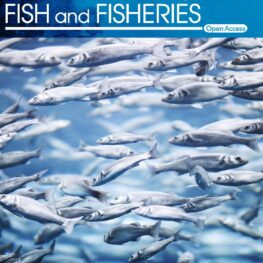Categories
Fisheries Publications 2021Effect of different cooking techniques on quality characteristics of some fish species
Mohamed Abou-Taleb, Sayed M. Ibrahim, Shaban El-Sherif, Abdelrahman S. Talab*
Fisheries Division – Fish Processing and Technology Lab (NIOF)
Egyptian Journal of Aquatic Biology & Fisheries, 25(4): 899 – 907 (2021)
(Indexed in Scopus)
Abstract:
This work was performed to study the effect of cooking techniques on the quality characteristics of some fishes. Four samples; Mugil cephalus, Liza ramada, Tilapia zilli, and Solea vulgaris were obtained from Qarun Lake as the most important and abundant fish. All samples were manually filleted, brined, and then cooked using frying, microwave, and halogen techniques. Sensory, physicochemical, and microbial properties of raw and cooked fillets were determined. The results indicated that fried fish products were the best in texture and acceptability compared with microwave and halogen-cooked products. Cooking methods led to changes markedly in the values of moisture, pH value, total volatile basic nitrogen (TVBN), trimethylamine (TMA), thiobarbituric acid value (TBA) and total plate count (TPC), while increased levels of protein, fat, and ash contents. In conclusion, the quality properties of different cooked fishery products are dependent mainly on fish species and the cooking method used.
Keywords: fish fillets, quality characteristics, cooking methods, Qarun Lake.
Corresponding author e-mail: [email protected]






